![图片[1]-Revolutionizing Agriculture: The Benefits and Applications of Drone-Based Fertilizer Spreading-msoen](https://www.msoen.com/wp-content/uploads/2025/04/164e113f97214114-576x1024.jpg)
Fertilizer application is a cornerstone of modern agriculture, directly impacting crop yields and soil health. However, traditional methods like manual spreading or tractor-mounted spreaders face challenges such as uneven distribution, high labor costs, and environmental overuse. Drone-based fertilizer spreading emerges as a transformative solution, leveraging precision agriculture to optimize nutrient delivery, reduce waste, and promote sustainable farming. This article explores how drones are reshaping fertilizer application, their advantages, challenges, and role in building resilient agricultural systems.
- What is Drone-Based Fertilizer Spreading?
Drone-based fertilizer spreading involves using unmanned aerial vehicles (UAVs) equipped with specialized spreaders, sensors, and GPS systems to apply fertilizers with millimeter precision. Unlike conventional methods, drones can navigate complex terrains, dense canopies, and irregularly shaped fields, ensuring uniform coverage. Key components include:
- Variable-rate spreaders: Adjust fertilizer application rates in real time based on soil and crop data.
- Multispectral sensors: Map soil health, moisture levels, and crop nutrient deficiencies.
- AI-driven analytics: Generate optimized spreading maps to target deficient zones.
- Obstacle avoidance: Navigate around trees, power lines, and other field obstructions.
- Advantages Over Traditional Fertilizer Application
A. Precision and Reduced Overuse
Blanket fertilizer applications often lead to overuse, contaminating waterways and causing soil degradation. Drones apply nutrients only where needed, cutting fertilizer use by 20–40% while maintaining or boosting yields. For example, a drone can target nitrogen-deficient patches in a cornfield, avoiding healthy areas. B. Speed and Efficiency
Manual spreading in a 50-acre field takes 8–12 hours. Drones complete the same task in 1–2 hours, saving time during critical growth phases like flowering or seedling establishment. C. Enhanced Accessibility
Drones excel in challenging environments:
- Steep hillsides: Reach areas inaccessible to tractors.
- Dense orchards: Navigate between tree rows without damaging crops.
- Small plots: Ideal for fragmented farmland or urban gardens. D. Environmental Sustainability
Reduced chemical runoff and lower fuel consumption (compared to tractors) make drone spreading a greener alternative. Studies show a 25% decrease in nitrogen leaching with precision drone applications.
- Applications in Modern Agriculture
A. Site-Specific Nutrient Management
Drones analyze soil test data to create custom fertilizer maps. For instance, a wheat field with varying phosphorus levels can receive tailored treatments, optimizing crop health. B. Timely Top-Dressing
During rapid growth stages, drones enable quick top-dressing of urea or potash, addressing nutrient demands faster than manual methods. C. Post-Disaster Recovery
After floods or droughts, drones assess soil damage and apply recovery fertilizers to revive crops efficiently. D. Organic Farming
Compatible with organic fertilizers (e.g., compost tea or manure extracts), drones support regenerative practices without synthetic chemicals.
- Challenges and Solutions
A. High Initial Costs
Drones range from $3,000 to $15,000. Solution: Leasing programs or cooperative purchasing for smallholders. B. Technical Complexity
Requires training to operate and interpret data. Solution: Partner with agritech providers for workshops and app-based guidance. C. Regulatory Compliance
Airspace restrictions vary by region. Solution: Collaborate with local aviation authorities to obtain permits and certifications. D. Battery and Payload Limits
Most drones carry 5–10 kg of fertilizer, limiting coverage per flight. Solution: Use hybrid models with ground-based spreaders for large farms.
- Future Innovations
The drone fertilization sector is advancing rapidly with:
- Swarm technology: Fleets of drones working together to treat vast fields autonomously.
- IoT integration: Syncing drones with soil moisture sensors and weather forecasts for optimal timing.
- Biodegradable carriers: Eco-friendly fertilizer pellets designed for drone dispersion.
- Best Practices for Implementation
- Start small: Pilot drones on high-value crops (e.g., vegetables or orchards).
- Prioritize data integration: Combine drone insights with soil tests and yield maps.
- Focus on safety: Follow no-fly zones and maintain visual line-of-sight during operations.
- Monitor impact: Track soil health and crop responses to refine application strategies.
Conclusion
Drone-based fertilizer spreading is revolutionizing agriculture by merging precision technology with eco-conscious practices. By reducing waste, enhancing efficiency, and promoting sustainable nutrient management, drones empower farmers to meet global food demand while safeguarding ecosystems. As costs decline and regulations adapt, this technology will likely become a cornerstone of climate-smart farming worldwide.
Final Thought: Fertilizing isn’t just about feeding crops—it’s about nurturing the planet. Drones prove that innovation can grow yields without depleting resources.

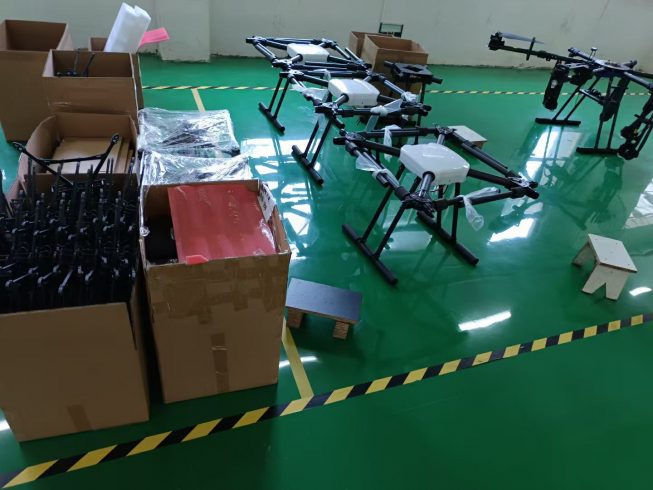
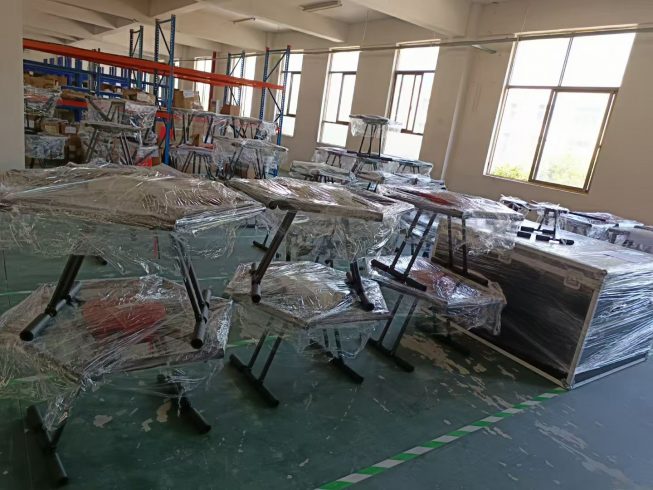

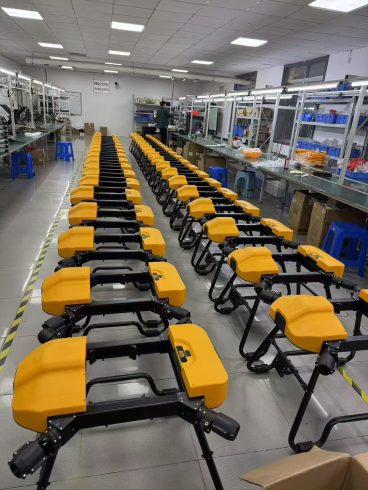
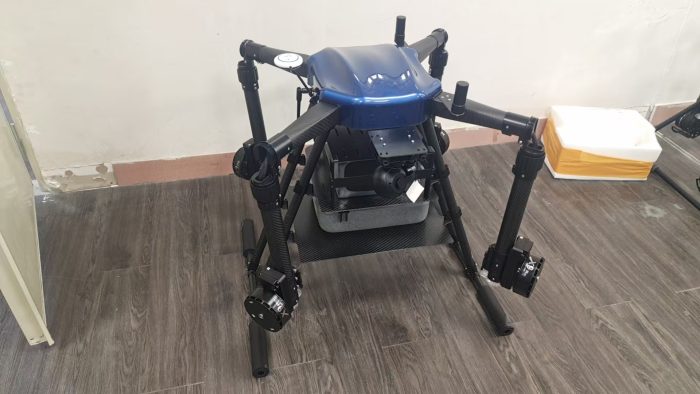

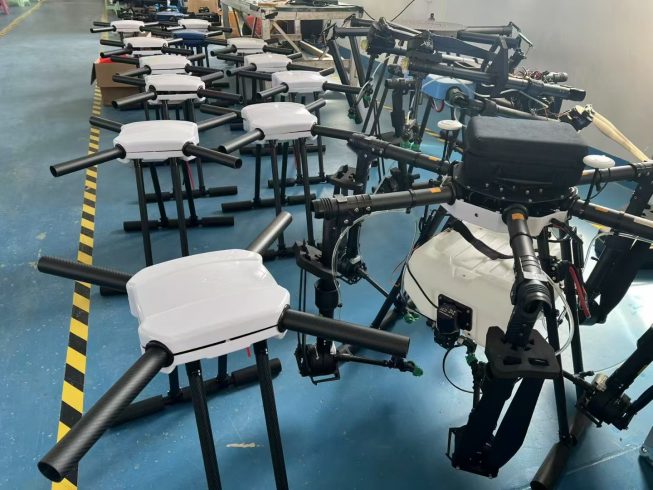
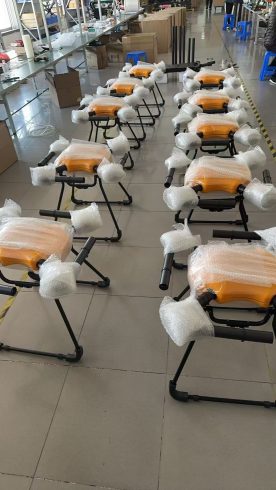
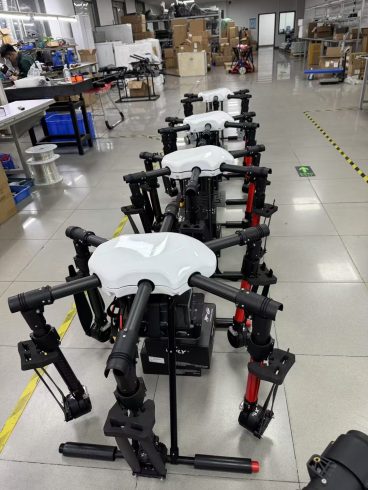
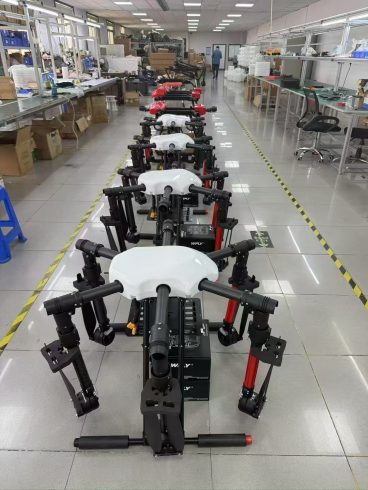
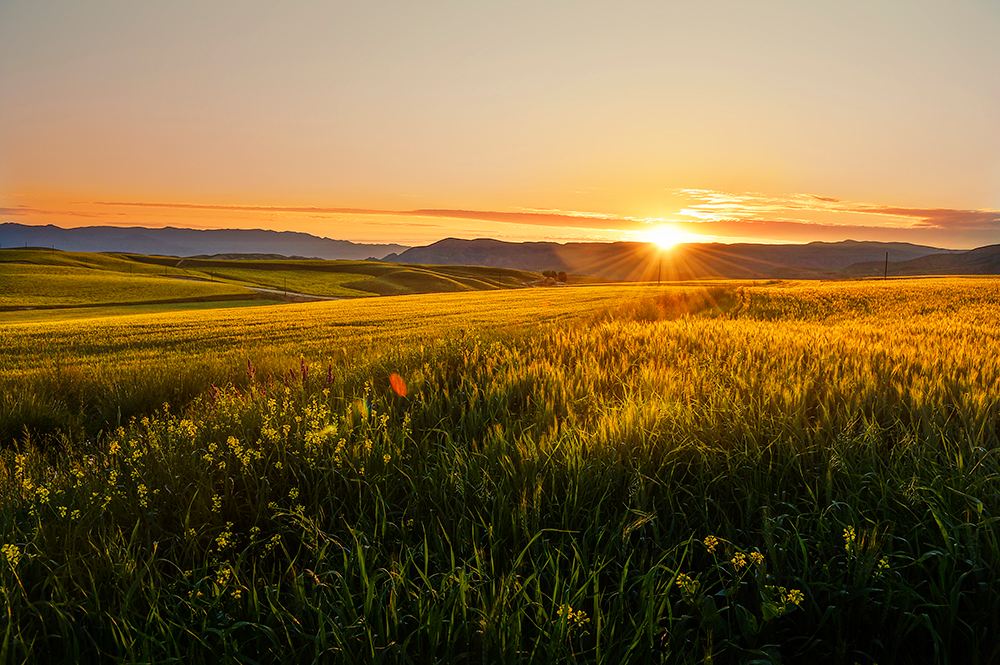
暂无评论内容